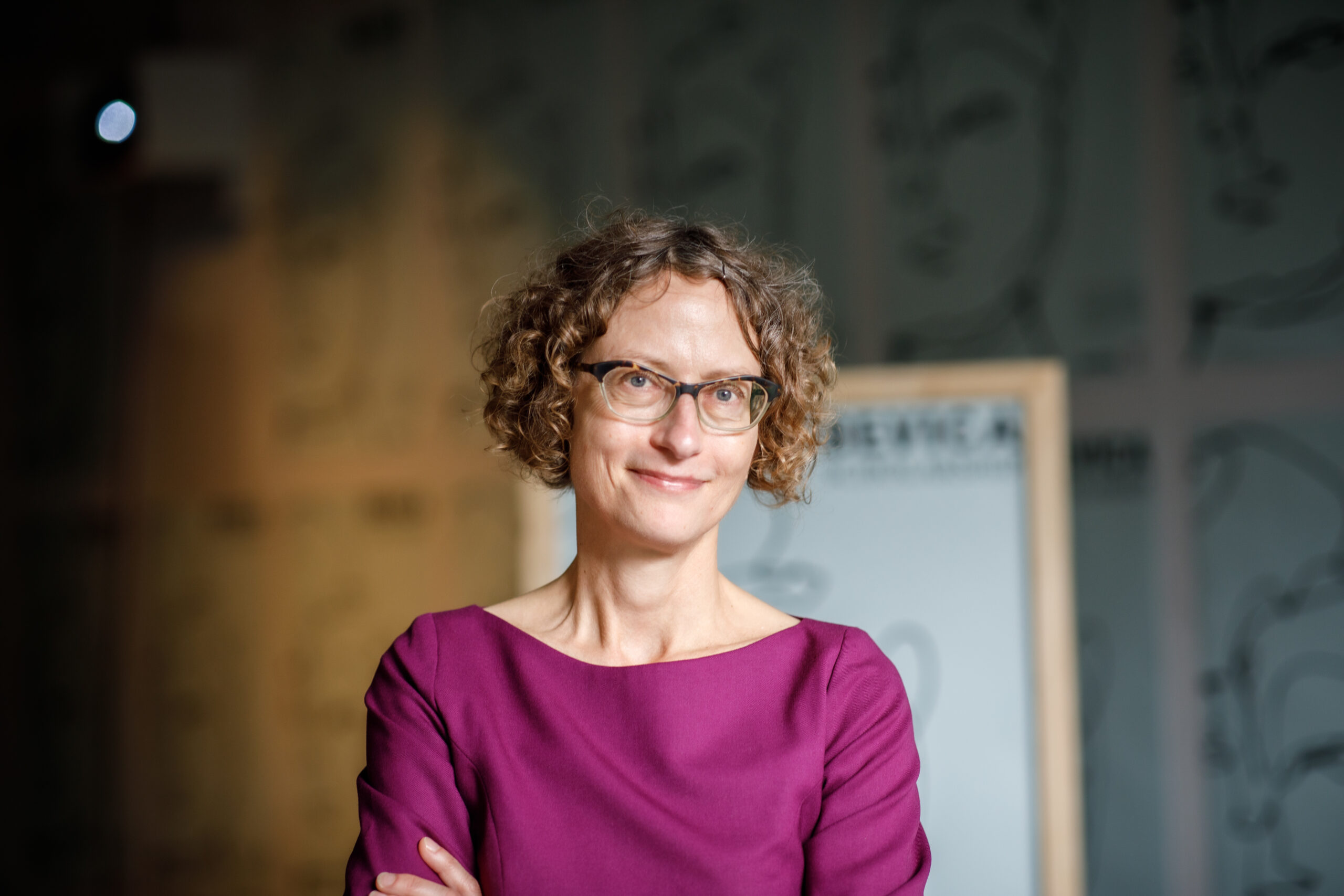
Universal Design for Learning makes education more accessible and fruitful for all students

Accessible education for people with disabilities is a global problem. Through a visit to Stanford University, scholarship winner Louise Bøttcher became aware of important elements in the quest for more inclusive education
By Tanya Maria Møller Knudsen
Note: This article is available in English only. A Danish translation is not provided, but you can read the original version below.
As an educator at the Danish School of Education (DPU), Louise Bøttcher became aware of an evident problem among her students. Universities are structured in a way making it difficult for students with disabilities to fully participate in education and achieve equitable learning outcomes.
“Universities are a kind of ‘monoculture’, where you have to function in a certain way to participate. If you don’t fit in as an atypical student, like those with disabilities, you have to work extra hard to participate in learning activities and earn your degree,” Louise says.
This global challenge prompted Louise Bøttcher to learn about how higher education can become more accessible to a wider set of students.
In fall of 2024, she visited the Center of Teaching and Learning at Stanford University as part of the Bevica Scholarship. Their approaches to inclusive learning environments drew Louise Bøttcher in, she says:
“It was exciting to be there because they had worked longer on solutions and were ahead of us concerning what could be done.”
Looking back on her project, she has learned a lot about the different approaches to Universal Design for Learning.
Good teaching is inclusive teaching
One revelation was the fact that the diversity challenge is a global phenomenon, Louise Bøttcher says. She also discovered different concrete measures to create more inclusive learning environments.
“Being in a different setting and seeing the alternative ways to deal with a problem challenges the notion that your present solution is the only possible solution.”
At Stanford University, one solution was flexible classrooms. Here, the furniture allows teachers and students to participate in class in many different ways, by moving the furniture, using small whiteboards for group work, all to support different learning preferences and types of learning activities.
In auditoriums, students could scan a QR code to get access to the audio from the lecturer’s microphone directly into their own small headset. This could be helpful for students who find themselves easily distracted by noise or otherwise.
A motto that stuck with Louise Bøttcher was ‘good teaching is inclusive teaching'.
She explains that Universal Design for Learning is a framework that educators can use to create a safe and accessible learning space for everyone, not only those with disabilities.
For example, clear learning goals and structured learning activities can be beneficial for everyone.
Instead of jumping directly to the subject matter, it can be an idea for educators to begin classes with activities that make all students feel more welcome in the classroom. This approach has inspired Louise Bøttcher in her teaching:
“Even though I have considered myself a fairly structured teacher, I could see that when I was introduced to their teaching principles, I could become clearer about goals and about welcoming students,” says Louise Bøttcher.
From principle to practice
While Louise Bøttcher has been researching how to realize inclusive education, there is still a need for more knowledge on Universal Design for Learning in higher education, she says:
“We can use more knowledge on how to do it in Danish higher education. The concrete solutions will always look different depending on the context you're in.”
When creating inclusive learning environments, it is important to have both top-down and bottom-up initiatives, she says.
While initiatives from university management are necessary to reach the entire organization, initiatives from educators and students are just as important. They are the ones who are aware of the particular types of problems in their context and also are the ones to implement changes.
For the future, Louise Bøttcher is enthusiastic about the possibility of creating more inclusive learning environments:
“There is a great demand for this knowledge in Denmark. It’s fertile ground for research,” she says.
Important learning environments
There are three important learning environments for universal design for learning, according to Louise Bøttcher:
- The most important learning environment is CAST, an American non-profit organization. CAST is a frontrunner in developing the three principles of Universal Design for Learning. Louise Bøttcher says, “The CAST model is the starting point whenever I work with or talk about UDL.”
- In Belgium, SIHO is a national center which supports all educational institutions in being more inclusive and is a very important field of knowledge, she says.
- The Norwegian University of Science and Technology (NTNU) was the center of a large European research project about Universal Design for Learning. The university has been a pioneer in ensuring that their learning portals, digital learning materials and activities are universally designed.
Mere viden om universelt design
Gå på opdagelse i Bevica Fondens vidensbibliotek
Seneste nyt
Følg med i det sidste nye i Bevica Fonden herunder.






